I have an image like this:
I need to fit an ellipse to the dark area (note: must be an ellipse, not a circle). What is the best way to do this in OpenCV? My first step so far has been to apply an adaptive (Otsu) threshold to it, which results in:
But I'm not sure where to go from there. I'm writing the app in Python, but it's more the algorithm design I'm looking for.
EDIT based on response/comment:
OK, so I have already tried the morphology. Based on the OpenCV documentation, I did a 3-iteration "close" operation on it (dilation, then erosion) to remove the small particles, which results in:
Then, to expand it back out to closerto the original shape, I did a 3-iteration "open" operation (erosion, then dilation), which results in:
From here, I did Canny edge detection, which resulted in:
Now, I used findContours on it, but ran into an issue. It found dozens of contours along the edge, each one a short segment along the circumference. Which means, even if I take the maximum size contour, it might only represent 10% of the circumference, which is insufficient to accurately fit an ellipse. This is why the other questions that @Demi-Lune suggested didn't work for me; they all have very clean, sharp edges and findContours finds a nice single contour that covers the entire perimiter of each shape, but that doesn't happen for my messier image. So, what's the best way to fit the ellipse from here?











